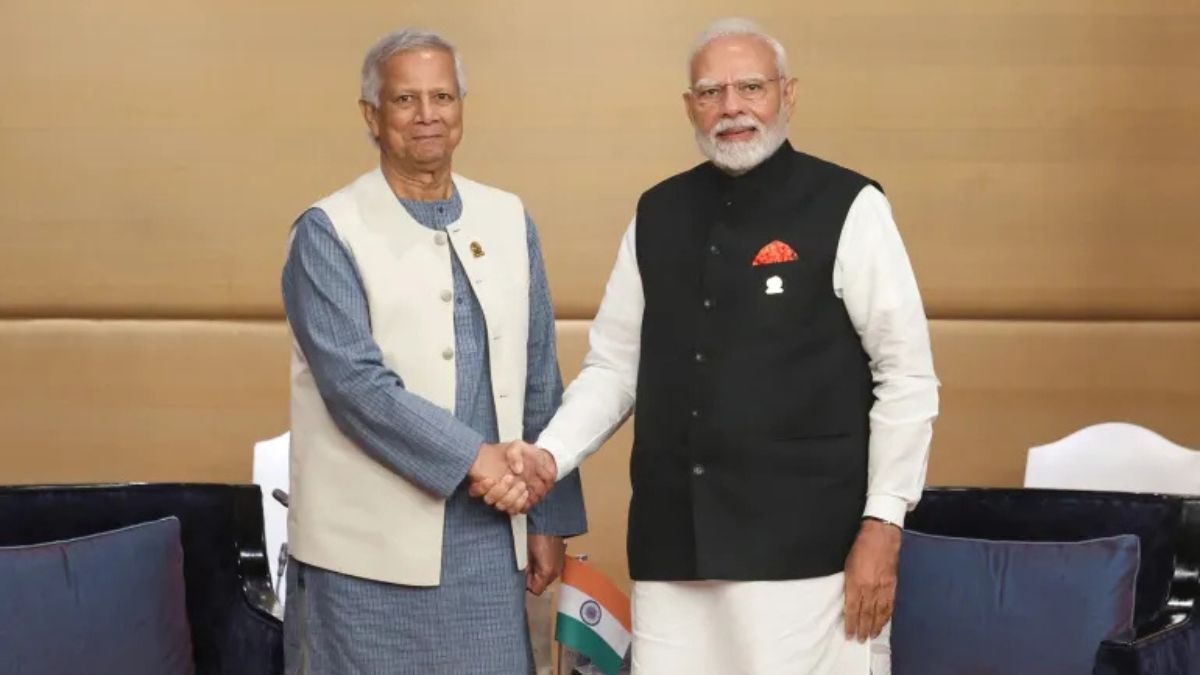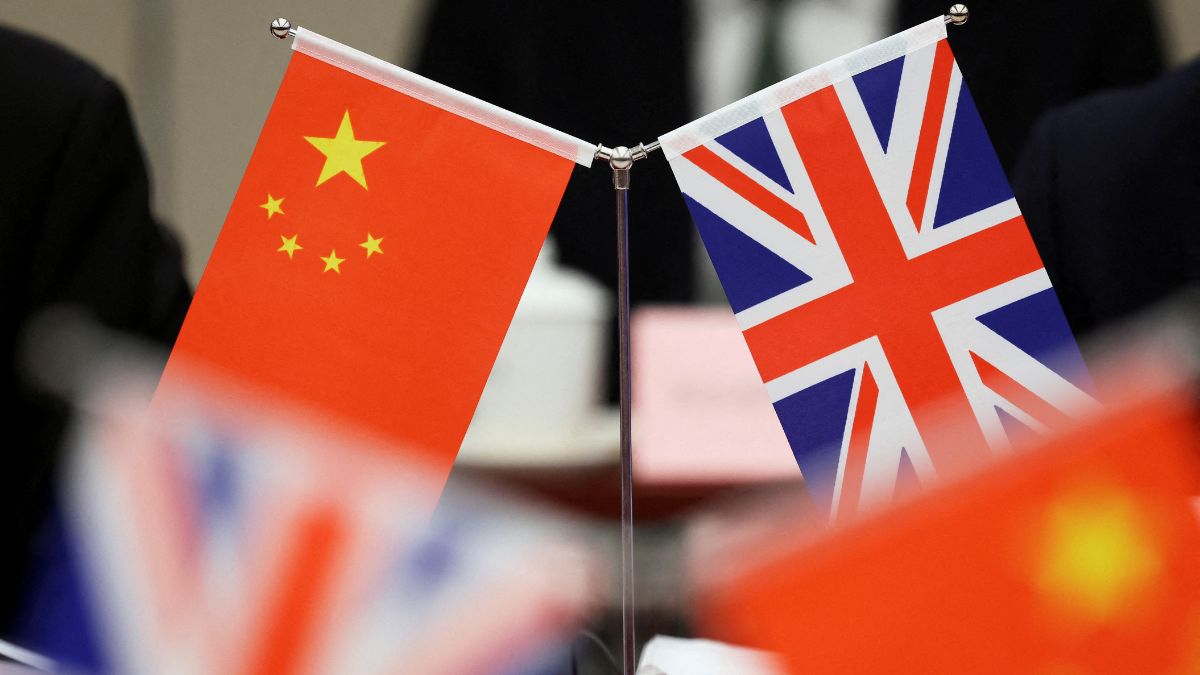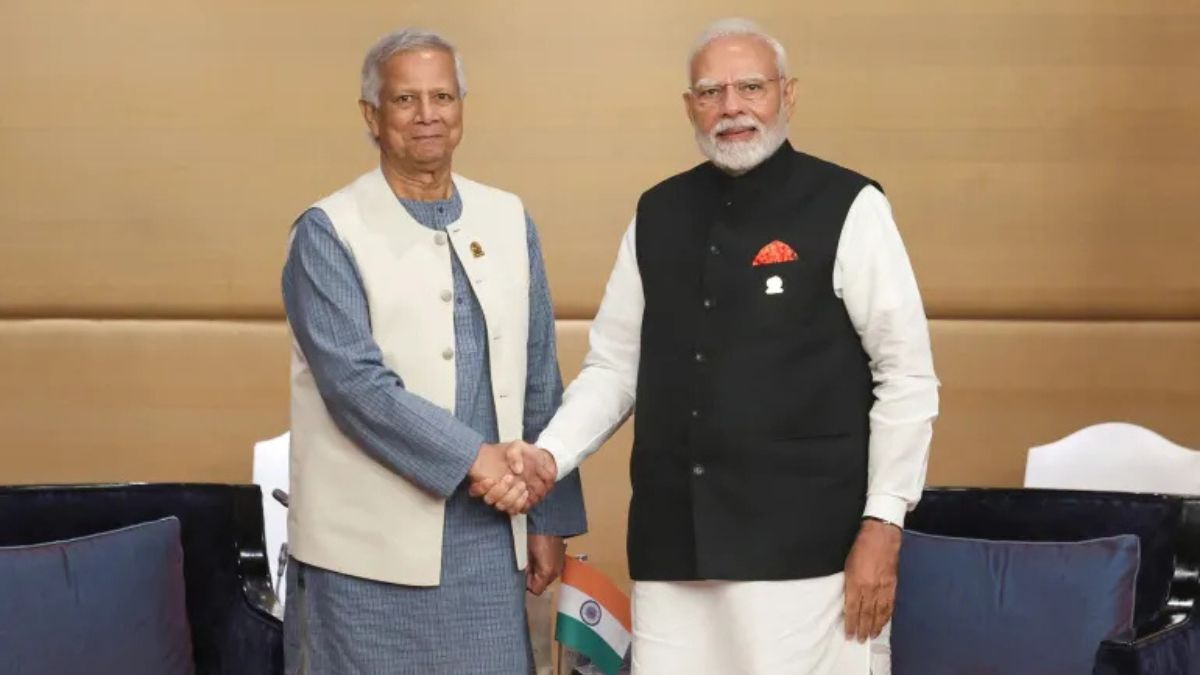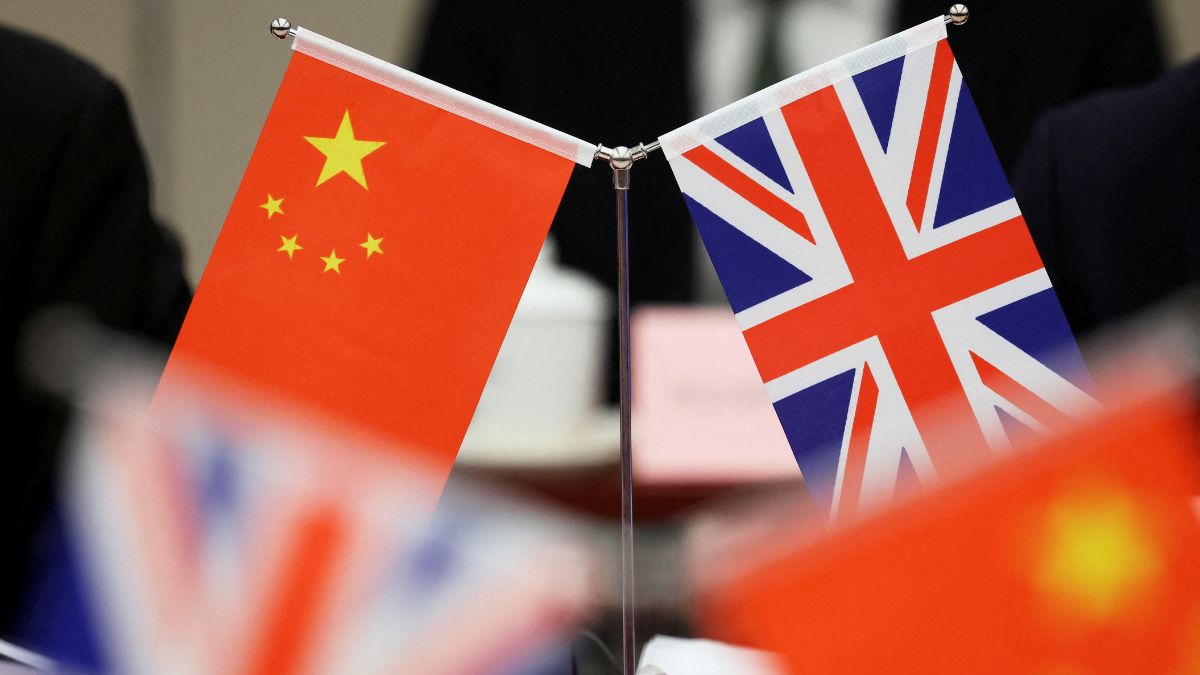Tensions between Pakistan and Afghanistan have once again escalated into a full-blown confrontation.
This week fierce border fighting between the two neighbouring states was followed by an unexpected twist online: Afghans began mocking Pakistan with references to “93,000,” a number that still haunts Islamabad from its 1971 surrender to India.
How the Pakistan-Afghanistan clashes began
The most recent flare-up began when Pakistani forces reportedly carried out a cross-border operation into Afghan territory, targeting suspected hideouts of the Tehreek-i-Taliban Pakistan (TTP), a banned militant organisation responsible for numerous attacks inside Pakistan.
Islamabad has long accused the Taliban-led Afghan government of harbouring and providing refuge to TTP fighters, a claim consistently denied by Kabul.
The operation quickly escalated into intense clashes that raged for several days along the Durand Line — the contentious, British-drawn boundary that separates the two countries.
Heavy artillery fire, air raids, and ground skirmishes left scores of casualties on both sides. Reports from the Afghan side claimed that over 60 Pakistani soldiers were killed and more than 20 border outposts were destroyed during the fighting.
Though Islamabad did not confirm these figures, officials described the exchanges as some of the most severe hostilities between the two nations since the Taliban’s return to power in 2021.
Following days of violence, the two governments agreed to a 48-hour ceasefire. Pakistan’s Foreign Ministry announced that “Pakistan and Afghanistan have agreed to a temporary 48-hour ceasefire following days of intense border clashes,” describing it as a decision taken “with mutual consent.”
However, the Taliban leadership portrayed the truce differently. In a statement to Tolo News, Taliban official Ali Mohammad Haqmal said, “The Mujahideen carried out effective attacks against the Pakistani forces, putting them in a state of emergency and worsening their situation. That’s why they requested to stop the fighting.”
While both sides publicly blamed each other for instigating the conflict, mediation efforts by Qatar and Saudi Arabia reportedly played a crucial role in bringing about the temporary truce.
The ceasefire remains fragile, and both militaries continue to keep their forces on alert along the border.
How the ‘93,000 pants’ mock came about
As the guns went silent, the internet lit up with an unprecedented outpouring of mockery, memes, and nationalistic taunts. Afghan and Pakistani users flooded social media platforms, each side attempting to shape the narrative of victory.
Several videos circulating online showed Taliban fighters celebrating what they described as a successful defence of Afghan territory.
One viral clip showed Taliban forces parading with what were claimed to be captured Pakistani tanks and weapons near the border regions. Another widely shared video depicted fighters waving trousers, allegedly belonging to Pakistani soldiers who fled their positions during the clashes.
Afghan journalist Daud Junbish posted such a video on X earlier this week, writing: “‘Empty trousers’, recovered from abandoned military posts of the Pakistani army near Durand Line displayed in eastern Nangrahar province, Afghanistan.”
‘Empty trousers’, recovered from abandoned military posts of Pakistani army near Durand Line displayed in eastern Nangrahar province, Afghanistan. pic.twitter.com/MvjAOsdCgC
— Daud Junbish 🇦🇫 (@DaudJunbish) October 14, 2025
Another journalist, Wakeel Mubariz, ridiculed the situation by tweeting, “Today was the day of 93,000 Pants ceremony 2.0,” directly invoking the memory of Pakistan’s 1971 surrender to India.
جب بھی پاکستانی ناپاک فوج افغانستان پر حملہ کرتی ہے، وہ عام شہریوں، گھروں، مساجد اور بازاروں کو نشانہ بناتے ہے۔ تاہم جب بھی اسلامی افواج افغانستان جواب دیتے ہے، پاکستانی فوج ڈر کر بھاگ جاتی ہیں اور سب کچھ چھوڑ کر چلے جاتے ہیں اپنے مردہ جسموں کو بھی۔
— W.A. Mubariz - وکیل احمد مبارز (@WakeelMubariz) October 15, 2025
یہ شیطان کی اور اللہ تعالی کی… pic.twitter.com/uC23kges0y
The phrase quickly went viral, becoming a trending topic on X across Afghanistan, Pakistan, and India. The imagery and the phrase “93,000 Pants” became a digital metaphor for humiliation, tying Pakistan’s current troubles to its most infamous historical defeat.
The symbolism was clear to many: just as Pakistan had surrendered to India with 93,000 troops in 1971, the abandoned clothing of its soldiers was now being interpreted as another moment of disgrace.
Afghan activist Fazal Afghan joined the online discourse, writing, “1971: Surrendered to Indians. 2025: Surrendered to Afghans. Long time, but nothing changed for team 93000.”
In another post, he said, “Maybe not today, maybe not tomorrow, but definitely one day Afghanistan is going to break India’s record of 93,000.” The mocking tone struck a nerve in Pakistan, where users attempted to counter the narrative with their own posts.
Pakistani commentator Usman Pervaiz Malik responded by sharing a video and writing, “We congratulate Afghan athletes for running at such a high speed. Dressed in an Afghan army uniform.”
Others posted images of small bombs with captions reading “Love from Pakistan,” while Afghan users compared the violence to Israel’s military campaign in Gaza, accusing Islamabad of similar aggression.
Hello world, take a look at the Pakistani Zionists they behave just like the IDF.#AfghanistanAndPakistan pic.twitter.com/AAxtDwmBfe
— AK 🦅 (@abbaskhan678) October 15, 2025
Even politicians joined the online exchanges. When Pakistan’s Defence Minister Khawaja Asif accused the Taliban of fighting a proxy war on India’s behalf, former Afghan MP Mariam Solaimankhil shot back.
Pakistan didn’t “host” Afghans- it milked them for billions, global relevance, cheap labor and geopolitical leverage.
— Mariam Solaimankhil (@Mariamistan) October 16, 2025
Enough with the victim act. Afghans paid the bill for your survival. https://t.co/PCB16Jifz1
“Pakistan didn’t ‘host’ Afghans, it milked them for billions, global relevance, cheap labor and geopolitical leverage. Enough with the victim act. Afghans paid the bill for your survival.”
What the ‘93,000’ reference actually is
The sudden resurfacing of the number “93,000” on social media rekindled one of the darkest chapters in Pakistan’s history — its surrender to India in December 1971 during the Indo-Pak war that led to the creation of Bangladesh.
The 1971 war began after months of political and humanitarian turmoil in East Pakistan, where Pakistani forces were accused of widespread atrocities against the Bengali population.
India, under Prime Minister Indira Gandhi, intervened in December 1971 in support of the Bengali liberation movement and the Mukti Bahini fighters.
Within just 13 days, Indian forces achieved a decisive victory.
The Indian Air Force quickly gained control of the skies, the Navy established a naval blockade to isolate East Pakistan, and the Army advanced rapidly from multiple directions — 2 Corps, 4 Corps, and 33 Corps spearheading the assaults on key towns including Jessore, Khulna, and Tangail.
The fall of major garrisons effectively cut off Dhaka from reinforcements and supply lines. The Pakistani military’s initial strategy of fortifying “fortress cities” to defend the region backfired, as Indian troops bypassed them and advanced directly toward the capital.
By December 13, the Indian Air Force bombed the Governor House in Dhaka, where a meeting of senior officials was underway. The strike caused widespread panic, prompting the East Pakistan government to resign on the spot.
On December 14, Indian forces closed in on Dhaka, leaving no escape route for Lt Gen AAK Niazi, who commanded the Pakistani troops.
Recognising the futility of further resistance, he reached out to Indian Army Chief Gen Sam Manekshaw for a ceasefire. The next day, Niazi agreed to surrender unconditionally.
At 4:31 pm on December 16, 1971, Niazi signed the Instrument of Surrender before India’s Lt Gen Jagjit Singh Aurora in Dhaka, officially ending the war.
The ceremony was witnessed by senior Indian officers and members of the Mukti Bahini, and the moment was captured in photographs that would become enduring symbols of India’s military success.
In total, 93,000 Pakistani soldiers laid down their arms — the largest military surrender since World War II.
According to IAF accounts, when asked why he surrendered while still having men under command, Niazi pointed to an Indian pilot’s wings and said, “Because of this!” acknowledging India’s air superiority.
The war’s outcome reshaped the subcontinent, leading to the birth of Bangladesh and marking a turning point in regional geopolitics.
India’s diplomatic manoeuvring also played a key role. The Indo-Soviet Treaty of Friendship and Cooperation ensured Moscow’s support against any external interference.
When then US President Richard Nixon deployed the Seventh Fleet led by the aircraft carrier USS Enterprise to the Bay of Bengal — a move intended to pressure India — the Soviet Navy dispatched its own warships to shadow the US fleet, averting direct confrontation.
China, recovering from internal upheavals after the Cultural Revolution, refrained from intervention.
How India remains an enduring shadow in Pakistan’s modern crises
The “India connection” in this episode runs deeper than symbolic references. The Pakistani defence minister’s claim that the Taliban were fighting a “proxy war on India’s behalf” exposes how Islamabad continues to interpret regional dynamics through the lens of its rivalry with New Delhi.
Meanwhile, Indian social media users and commentators revived their own memories of 1971. The image of Lt Gen Niazi signing the surrender document resurfaced across timelines, accompanied by posts from Indian veterans such as Lt Gen Kanwal Jeet Singh Dhillon, who wrote, “93,000 was always a favourite number.”
93000 was always a fav number 🫡🇮🇳 https://t.co/yngnilsT0F pic.twitter.com/oR47WFuENG
— KJS DHILLON🇮🇳 (@TinyDhillon) October 15, 2025
The anniversary of India’s triumph — Vijay Diwas, celebrated every December 16 — remains a moment of national pride, and the renewed visibility of “93,000” in 2025 served to reinforce India’s military legacy in the region’s consciousness.
That legacy is rooted in facts that continue to command respect across global military circles. India’s swift 1971 victory was achieved through precise coordination among the Army, Navy, and Air Force — from the naval blockade enforced by INS Vikrant to the IAF’s bombing runs that crippled Pakistani defences.
Today, as Pakistan faces embarrassment over its border clashes with Afghanistan, the historical shadow of that defeat looms larger than ever.
Also Watch:
With inputs from agencies


)

)
)
)
)
)
)
)
)



